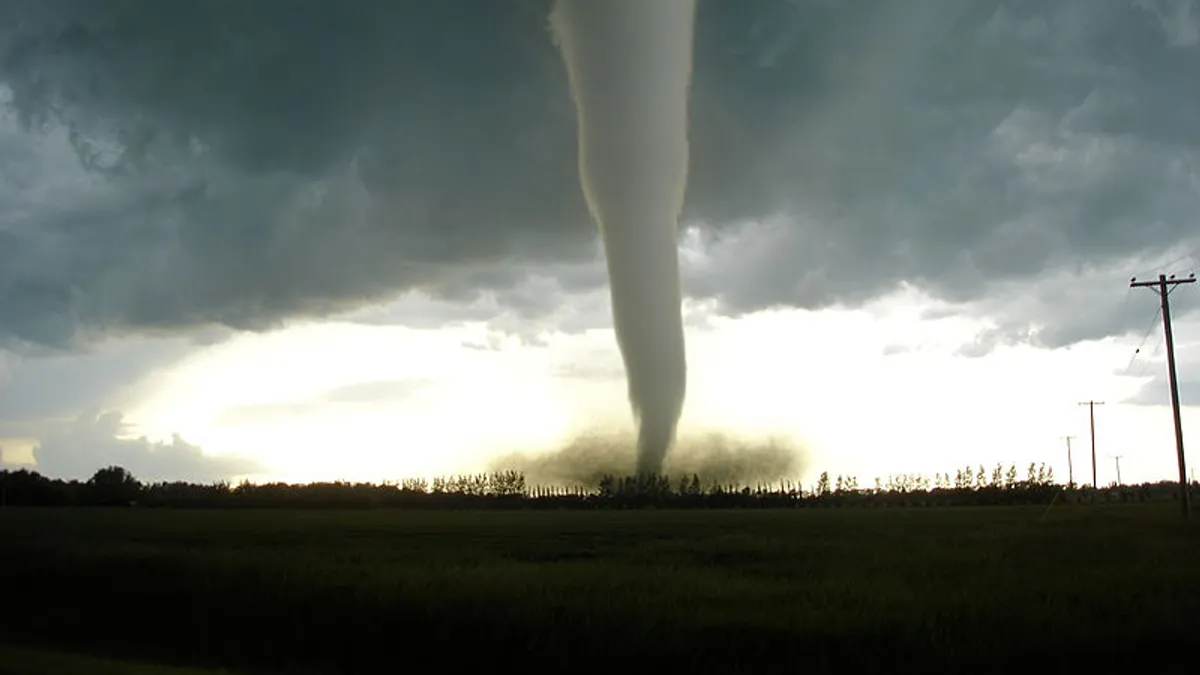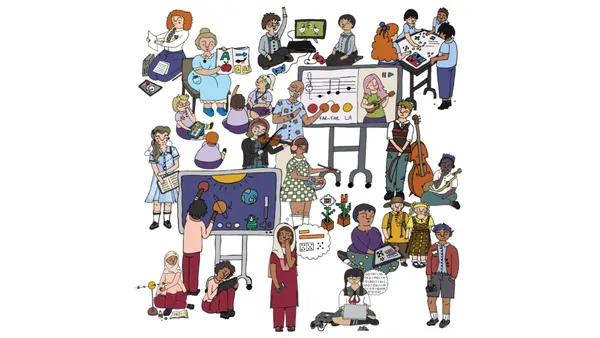Dive Brief:
-
Goodman Elementary School in Missouri's Neosho School District was rebuilt from the ground up after a tornado destroyed the school in 2017. In August, it reopened as a $12 million student-centered facility with a 21st century atmosphere and flexible seating options, EdTech: Focus on K-12 reports.
-
Before the school was destroyed by the tornado, its leaders were looking at ways to renovate the existing building into a more inviting environment, but the infrastructure in place at the time prevented many of the plans.
-
After disasters, IT departments can also play a critical role in rebuilding by working with architects and school leaders to ensure the new school has a strong tech infrastructure.
Dive Insight:
Though losing Goodman Elementary School overnight was difficult, the loss gave school leaders a chance to rebuild into a modern, student-centered environment, Principal Samantha Hamilton told EdTech. The silver lining of this natural disaster is that the new building is bright and airy with flexible learning spaces that allow for collaboration.
While it all turned out well in the end, getting there wasn’t easy. Planning ahead for disasters take some of the sting out of the recovery process. Post-disaster assessment teams should be designated before the disaster strikes. If a school has 1:1 device programs, planning ahead can minimize the educational time lost. Planning ahead also means designing buildings to withstand any likely disaster. For example, in areas prone to earthquakes, schools should be tested for seismic feasibility.
Property insurance is important, but obtaining it after a disaster can be a challenge. For example, Denver-area districts had difficulty replacing property insurance after sustaining major damage during a hailstorm in 2017. Districts should consider ways to mitigate damage. If hailstorms are likely, for example, fortifying roofs and covering buses in parking lots would be money well-spent.
Preparing for natural disasters is critical, but in reality no amount of planning can prepare districts for a disaster like the fire that nearly destroyed Paradise, California. Working with the Federal Emergency Management Agency to set up a likely-scenario disaster plan can also make recovery a bit easier. Additionally, districts should keep in mind that counselors will likely be needed after the event, so having a list of go-to sources can prevent a last-minute scramble for resources.














